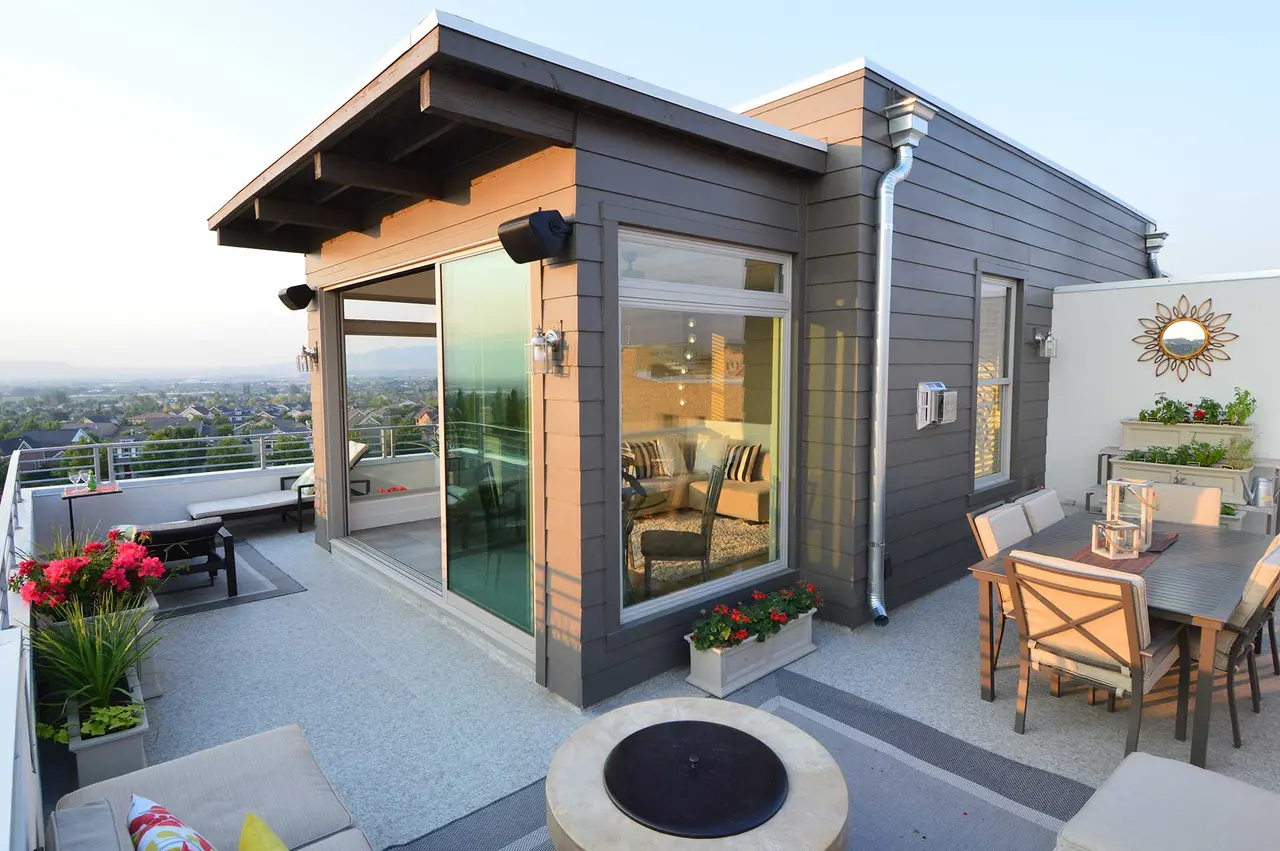Why choose sustainable roofing?
Sustainable roofing is a smart choice for many reasons. Let’s break it down for you:
- Eco-friendly: Sustainable roofing materials are made from recycled or renewable resources, reducing waste and minimizing the impact on the environment.
- Energy-efficient: These roofs can help to lower your energy costs by providing better insulation and reducing the need for excessive heating or cooling.
- Long-term savings: Although the initial investment might be slightly higher, sustainable roofing can actually save you money in the long run due to its durability and energy-saving qualities.
- Health benefits: By choosing sustainable roofing, you can contribute to a healthier indoor environment by promoting better air quality and reducing the risk of mold or mildew growth.
- Increasing property value: Sustainable roofing is a desirable feature for potential buyers or tenants, adding value to your property and setting it apart from others in the market.
Environmental benefits of sustainable roofing
Sustainable roofing helps reduce energy consumption, leading to lower utility bills. It also decreases pollutants released into the environment, improves air quality, and supports biodiversity. Sustainable roofing materials can be recycled, reducing waste sent to landfills. Additionally, these roofs can last longer than traditional ones, reducing the need for frequent replacements.
Economic advantages of sustainable roofing
Sustainable roofing can lead to cost savings over time by reducing energy consumption. According to the US Green Building Council, sustainable roofs can decrease a building’s energy use by up to 30%. This reduction translates to lower utility bills, making sustainable roofing a financially sound choice in the long run. Additionally, some governments offer tax incentives or rebates for implementing sustainable roofing, further bolstering the economic benefits.
Types of sustainable roofing materials
Metal, solar panels, green roofs, living roofs, and cool roofs are some popular sustainable roofing materials. Metal roofs are durable and recyclable, while solar panels generate clean energy. Green roofs have vegetation, improving air quality. Living roofs offer insulation benefits. Cool roofs reflect sunlight, reducing energy costs. Each material has unique advantages for eco-friendly construction projects.
Long-term durability of sustainable roofing
Sustainable roofing is designed to last longer than traditional roofing materials. Typically, sustainable roofs can endure for 50 years or more with proper maintenance. This durability is due to the high-quality materials used in sustainable roofing, such as metal, clay, or concrete tiles. These materials are more resilient to weather conditions and wear and tear, ensuring your building is protected for decades to come.
